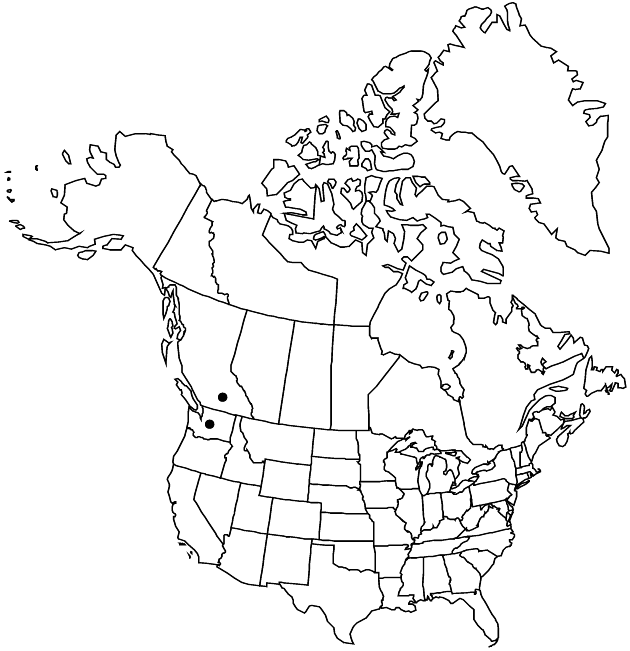Difference between revisions of "Bidens amplissima"
Pittonia 4: 268. 1901.
imported>Volume Importer |
imported>Volume Importer |
||
| Line 65: | Line 65: | ||
|publication year=1901 | |publication year=1901 | ||
|special status=Endemic;Conservation concern | |special status=Endemic;Conservation concern | ||
| − | |source xml=https:// | + | |source xml=https://bitbucket.org/aafc-mbb/fna-data-curation/src/2e0870ddd59836b60bcf96646a41e87ea5a5943a/coarse_grained_fna_xml/V19-20-21/V21_525.xml |
|tribe=Asteraceae tribe Heliantheae | |tribe=Asteraceae tribe Heliantheae | ||
|subtribe=Asteraceae (tribe Heliantheae) subtribe Coreopsidinae | |subtribe=Asteraceae (tribe Heliantheae) subtribe Coreopsidinae | ||
Latest revision as of 20:12, 5 November 2020
Annuals, (30–)50–120 cm. Leaves sessile or petioles 10–50 mm (winged); blades lance-elliptic to lance-oblong, 80–120(–250) × 30–100 mm (proximal usually with 1–2 lobes near bases), bases cuneate, margins laciniate to serrate, ciliate, apices acuminate, faces glabrous. Heads in ± corymbiform arrays. Peduncles (10–)30–70+ mm. Calyculi of 8–10 usually spreading, lance-linear to lanceolate, sometimes ± foliaceous bractlets or bracts 10–20(–75) mm, margins entire or incised, ciliate, abaxial faces ± hispid at bases. Involucres ± hemispheric or broader, 6–10 × 18–25 mm. Phyllaries 13–16+, oblong to lance-ovate, 6–10 mm. Ray florets 6–11; laminae yellow, 4–8 mm. Disc florets 50–100+; corollas yellow, 2.5–3.5 mm. Cypselae olivaceous green, ± flattened, unequally 3–4-angled, cuneate, outer 5–6 mm, inner 6–7 mm, margins antrorsely to retrorsely barbed, apices truncate to concave, faces weakly striate, glabrous or sparsely puberulent; pappi 0, or of (1–)3(–4) suberect, retrorsely barbed awns 2–4 mm.
Phenology: Flowering Aug–Oct.
Habitat: Seasonal wetlands, borders of ponds, lakes, streams, estuaries
Elevation: 0–100 m
Discussion
Of conservation concern.
For decades, Bidens amplissima was known only from Vancouver Island; it is now known from southwestern British Columbia and northwestern Washington (F. R. Ganders et al. 2003). Occurrences in southern Manitoba and northwestern Nebraska may represent ephemeral introductions. The restricted natural range of B. amplissima has stimulated interest in it, the addition of it to rare plant lists, and the consideration of need for protected sites where it grows.
